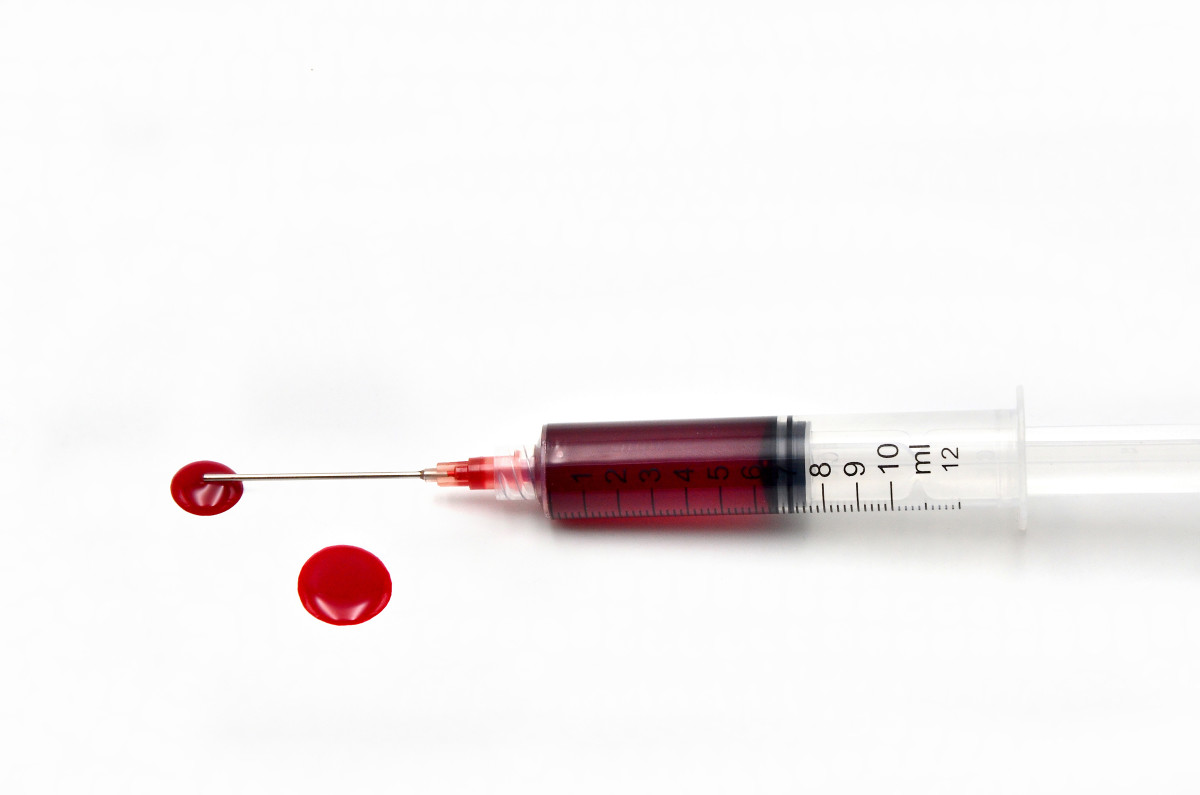
This study compared venous blood gas parameters from samples collected by a push-pull technique through a jugular catheter with those sampled by direct jugular venipuncture in 17 hospitalized foals.
The research was titled, “Venous blood gas parameters, electrolytes, glucose and lactate concentration in sick neonatal foals: direct venipuncture versus push-pull technique” and was authored by C. Del Prete, A. Lanci, N. Cocchia, F. Freccero, C. Di Maio, C. Castagnetti, J. Mariella, and F. Micieli.
Three different techniques for drawing a blood sample from a catheter are described: the discard, the reinfusion, and the push-pull methods. The push-pull technique avoids the loss of blood associated with the discard method and reduces the risk of contamination associated with the reinfusion method.
A 10 mL syringe was used to aspirate a volume of blood equal to three times the dead space volume of a 16G catheter and extension set (total 2.4 mL). This was immediately reinfused into the vein without disconnecting the syringe. This procedure was repeated three times before connecting a 1 mL heparinised syringe to collect venous blood. A 20G 1-inch needle and 1 mL syringe were used to obtain a blood sample from the contralateral jugular vein. There was a high level of agreement between the results obtained by the two sampling methods at both 0 and 24 hours for almost all parameters except haematocrit and PVO2 values.
Bottom line: The push-pull technique is an acceptable method for obtaining blood samples for venous blood gas analysis in foals and avoids repeated needle sticks. A manual PCV should be performed in place of haematocrit measurement.
https://beva.onlinelibrary.wiley.com/doi/abs/10.1111/evj.13332








